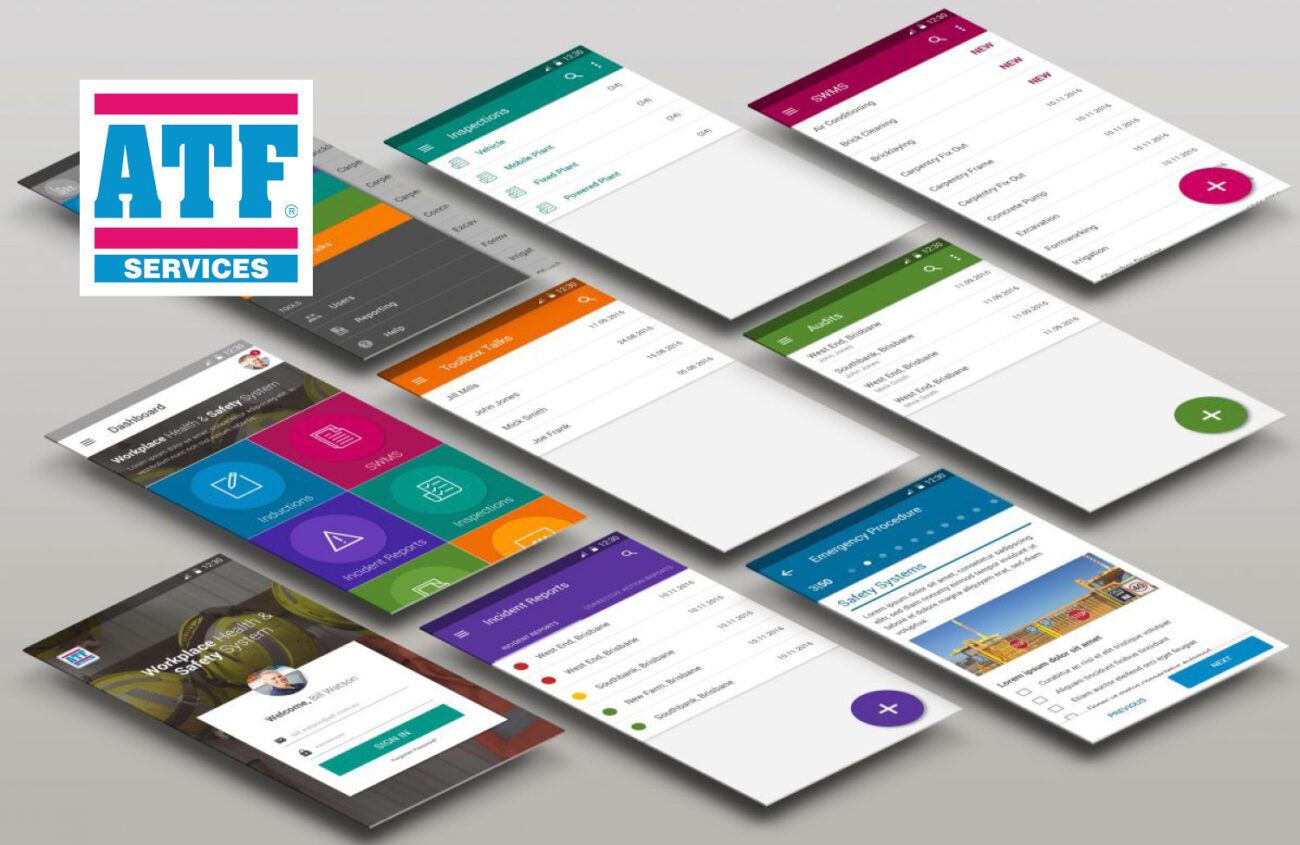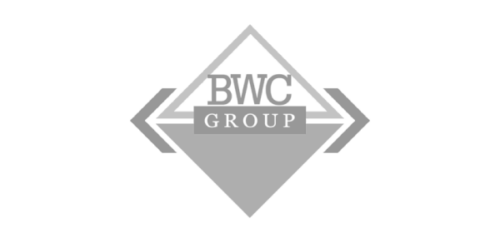Transform Your Business with a Future-Ready Website
Digital Transformation Solutions Tailored For Your Business
In today’s digital-first world, a strong online presence is essential for business success. Whether you need a brand-new website or are taking your business online for the first time, iFactory specialises in website development as a core part of digital transformation. A well-designed website does more than just look good—it enhances customer experience, streamlines operations, and opens opportunities for new growth. We craft visually engaging, high-performing websites that reflect your brand, load fast, and function seamlessly across all devices.
At iFactory, we don’t believe in one-size-fits-all solutions. We tailor digital strategies to fit your business, incorporating automation, responsive design, and smart integrations to keep you ahead of the competition. From launching an eCommerce store to revamping an outdated website, our expertise ensures a smooth transition into the digital age. Let’s build something powerful together—contact us today and start your transformation. Call 07 3319 0500
Digital Transformation Experts
Over 20 year experience in helping business transform & bring their services online
Digital Transformation Requires Proven Expertise
Digital Planning & Strategies
Digital strategy is a well-thought plan, unique to your business. It maps your corporate objectives, hones in on who your target market truly is and connects the dots between the two. The end goal is to amplify your strengths.
Website Transformations
Delight your audience with a user-centric website design that puts their needs first. We create intuitive, seamless experiences that encourage interaction and drive customer loyalty.
Competitor Analysis
Stand out from the crowd with eye-catching web design that captures attention and reflects your brand’s unique personality. Our creative designs are crafted to leave a lasting impression.
Digital Training & Workshops
Take control of your website with easy-to-use content management systems (CMS). We design websites that are simple to update, ensuring you can keep your content fresh and relevant without hassle.
Digital Brand Building
Your website is an extension of your brand. We ensure every element is on-brand, aligning with your identity and values to create a cohesive and memorable online presence.
Social Channel Setups
Achieve better rankings with a search engine optimised website. From technical SEO to content optimisation, we implement best practices to help your website attract more organic traffic and improve its visibility.
Mobilise Your Website
Reach your audience wherever they are with a mobile-friendly website. Our responsive web design ensures your site looks great and functions perfectly on any device.
Data & Analytics Oversight
Maximise your return on investment with a performance-driven website. Every element is designed with your goals in mind, from boosting conversions to generating leads and increasing revenue.
Curious About Digital Transformation?
Start discovering how we can begin the Digital Transformation journey.
Start TransformingWhat Our Clients Say
Digital Transformation Is Process Driven
By prioritising these five key areas, businesses can effectively navigate the complexities of digital transformation, ensuring a smooth transition from traditional processes to modern, technology-driven operations. A well-structured approach not only enhances efficiency and productivity but also fosters innovation, allowing companies to develop new business models, optimise customer interactions, and streamline workflows.
By leveraging digital tools, automation, and data-driven insights, organisations can unlock new growth opportunities, improve decision-making, and create more agile, scalable systems. This proactive embrace of digital transformation enables businesses to stay ahead of competitors, adapt to evolving market demands, and future-proof their operations in an increasingly digital world.
01
Strategic Planning & Goal Setting
Digital transformation starts with a clear strategy. This involves assessing the company’s current digital maturity, identifying pain points, and setting objectives aligned with business goals. A roadmap is created to guide the transformation process.
Technology Implementation & Integration
Selecting and integrating the right digital tools is crucial. This may include cloud computing, automation, AI, data analytics, and IoT solutions. Ensuring seamless integration with existing systems while adopting new technologies helps improve efficiency, reduce operational costs, and drive innovation.
Process Optimisation & Automation
Digital transformation isn’t just about new technology—it’s about making workflows smarter. Automating repetitive tasks, digitising manual processes, and improving collaboration through cloud-based tools help businesses enhance productivity and agility.
Data-Driven Decision Making
Harnessing data is at the heart of digital transformation. Implementing advanced analytics, AI, and machine learning helps businesses gain valuable insights into customer behavior, operational efficiency, and market trends.
Culture, Training & Change Management
A successful digital transformation requires a shift in company culture. Employees need to embrace new technologies and ways of working. Providing ongoing training, fostering a digital-first mindset, and managing change effectively ensures that teams are equipped to leverage new tools and processes, driving long-term success.
Monitor & Optimise Performance
Regularly track progress against your goals using defined KPIs and data analytics. Continuous assessment enables ongoing refinement, identifies new opportunities for improvement, and ensures your digital transformation delivers measurable, sustainable results.
iFactory Digital Transfromation For Your Business
Helping Businesses Online for Over 20 Years
Digital transformation is reshaping the way businesses operate, leveraging technology to improve efficiency, enhance customer experiences, and drive innovation. By adopting digital tools, automation, and AI-driven solutions, companies can streamline operations, reduce costs, and stay competitive in an ever-evolving market.
Benefits include improved data insights for smarter decision-making, enhanced collaboration through cloud-based platforms, and greater scalability to meet changing business demands. Whether it’s optimising workflows, personalising customer interactions, or integrating advanced analytics, digital transformation empowers businesses to adapt, grow, and thrive in the digital age.



















































































